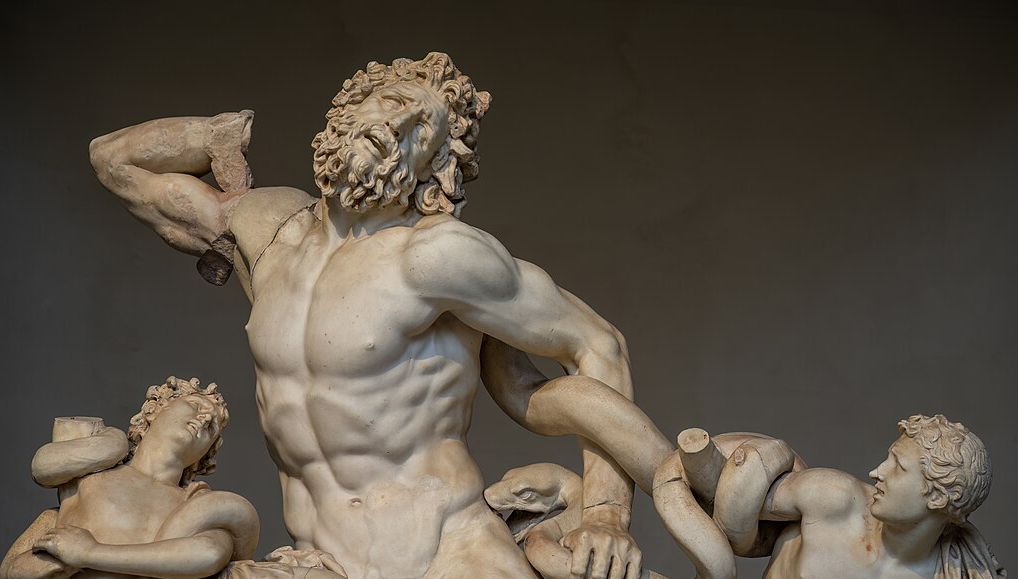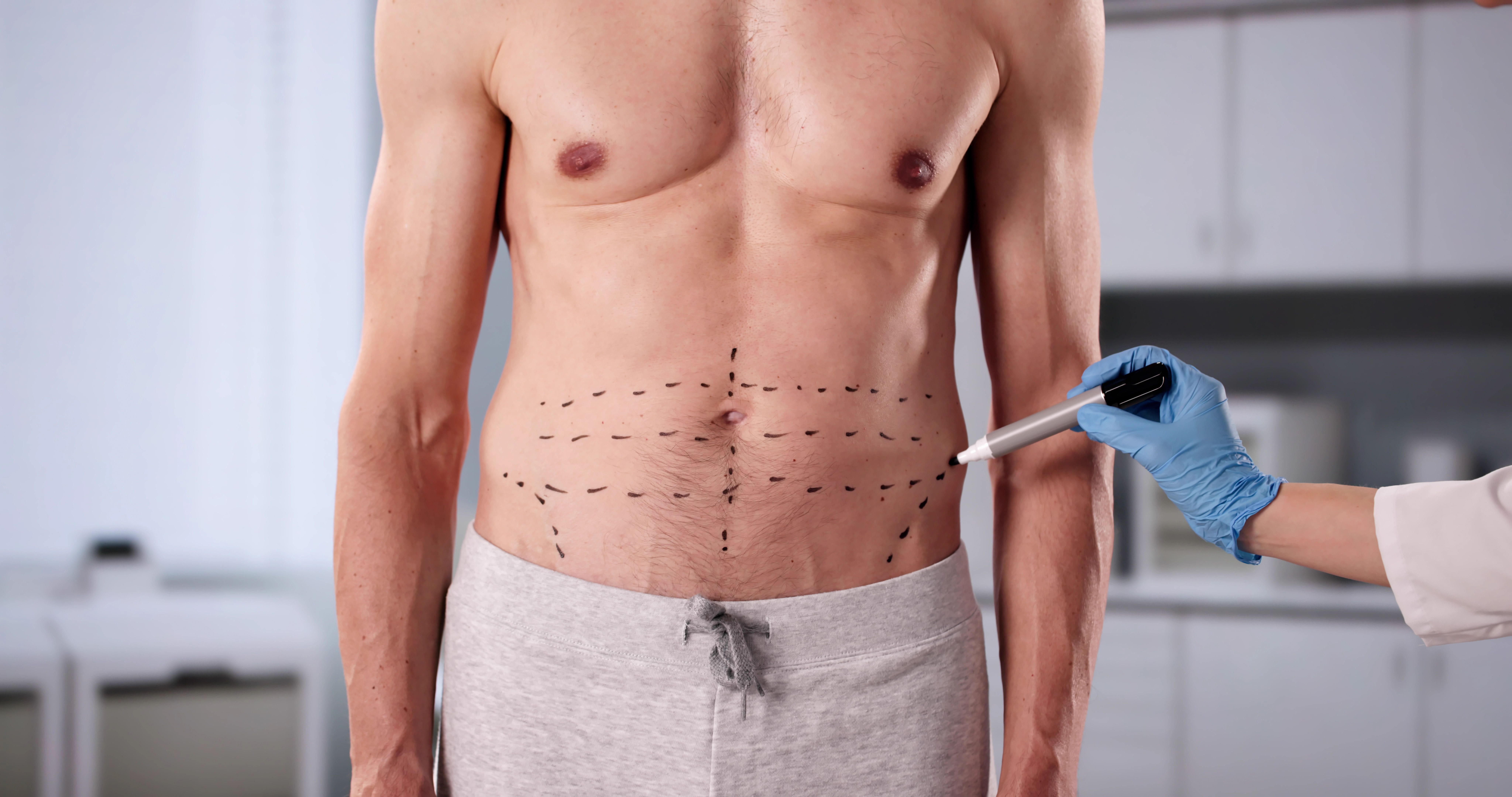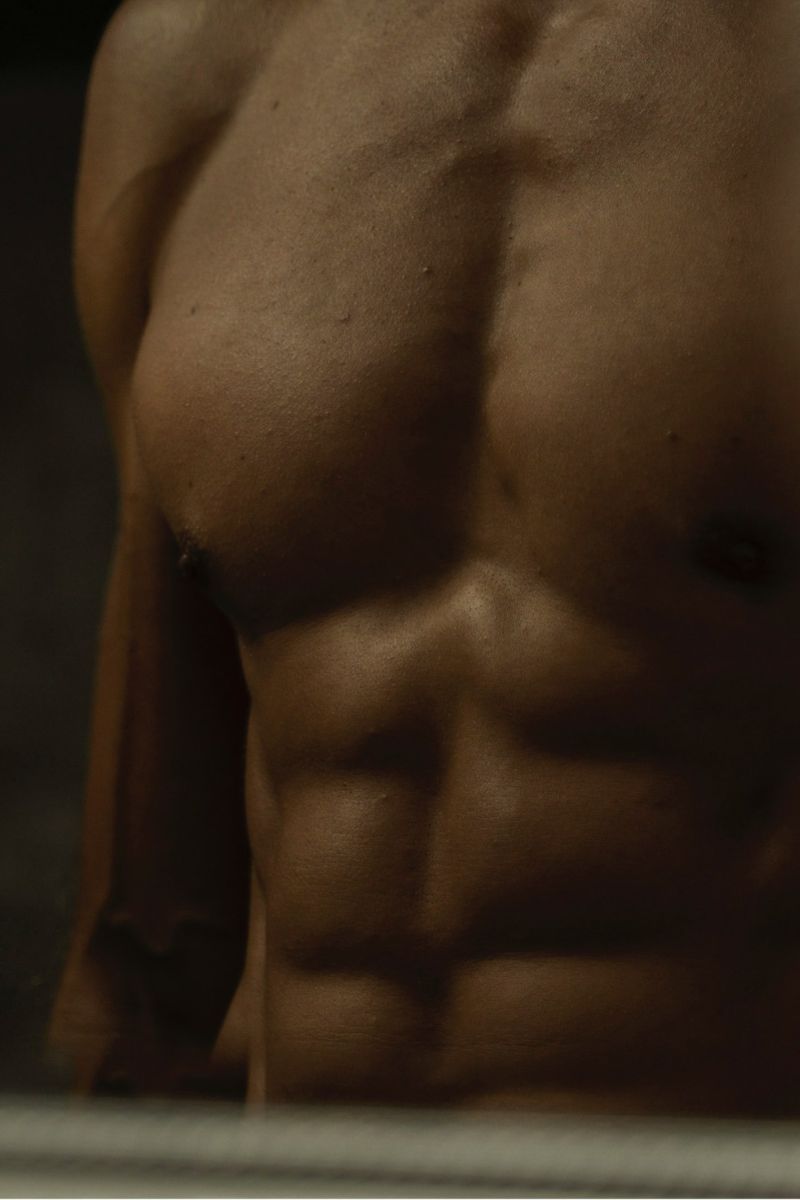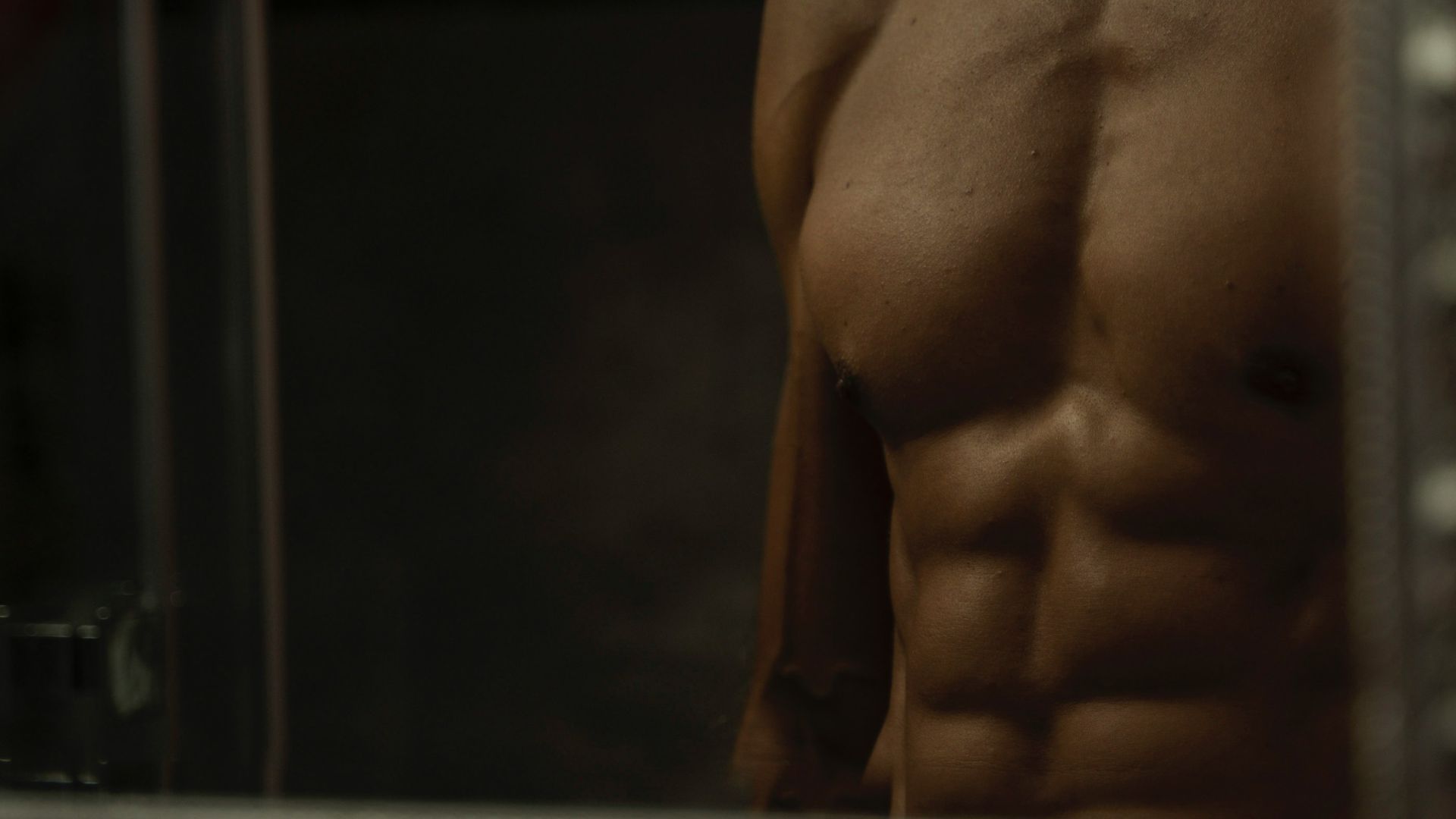It started, as these things often do, with a selfie. Drake, bare-chested in a mirror, looking leaner than usual—sinewy, almost suspiciously shredded. Within minutes, the photo became Twitter/X catnip. The rapper’s sculpted torso set off a fresh wave of speculation: had Drake gone under the knife for cosmetic abs?
The internet certainly thought so. Accusations of “fake abs” flooded the comments, many served with a side of roast-level cruelty. Some were joking, others genuinely angry. Either way, the photo reopened a conversation that’s followed Drake for nearly a decade. Joe Budden first lobbed the claim back in 2016, suggesting Drake had quietly paid a visit to celebrity plastic surgeon Dr Miami. DJ Carnage, a friend, fanned the flames again in 2019 with a cheeky jab about “ab surgery in Colombia.” Even Kendrick Lamar joined the pile-on during their recent beef, rapping, “Tell ’em where you get your abs from,” in Euphoria.
Whether real or surgically etched, Drake’s midsection has become a public battleground for a very modern kind of authenticity test. Was it hard-earned through reps and macros? Or faked in a clinic somewhere in Beverly Hills or Bogotá? And more importantly—does it even matter? Apparently, yes. In 2025, abdominal legitimacy is a social currency. Zoomers and millennials alike now treat six-packs like celebrity NFTs: to be inspected, debated, and, if needed, debunked. Drake might not be the first man to have his core dissected by the court of public opinion, but he is, as ever, the biggest target on the internet.
Why Do We Care So Much About Abs, Anyway?

Our obsession with six-packs may feel like a TikTok-era affliction, but its roots stretch deep into Western history. While plastic surgery has only recently entered the mainstream, the ideal of chiselled abs—tight skin, visible striations, fatless definition—goes back centuries. You could argue the original thirst trap was carved in marble: ancient Greek statues, with their impossibly symmetrical torsos and rippling obliques, laid the aesthetic blueprint. By the early 1800s, with the arrival of the Elgin Marbles in England, these Greco-Roman ideals entered public consciousness, seeding a transformation in how men saw—and judged—their bodies.
Until then, heft was status. A soft belly meant you had money. But as industrialisation, military nationalism, and Protestant guilt took hold, the rotund silhouette of success gave way to something more austere. Lean, muscled, “disciplined” bodies became aspirational—especially in Britain, France, and Germany, where gymnasiums sprang up to harden young male citizens into soldiers and statesmen. Fitness was no longer about health. It was about virtue.
By the early 20th century, this historical momentum collided with capitalism. Eugen Sandow, dubbed the “world’s most perfectly developed man,” sold six-packs in the form of books, workout gear, supplements, and even cocoa powder . In the postwar boom, Hollywood ran with it. Then came Schwarzenegger, Stallone, Van Damme—abs as masculine myth, coded into the blockbuster hero. And finally, we entered the age of Instagram. Where once men trained to resemble Greek warriors, they now train (or surgically alter) to resemble their own filtered selfies. Surgeons like Dr Leonardo Fasano offer “360 transformations,” using high-definition liposuction to mimic gym-built definition across the abs, chest, arms, and back . Once reserved for A-listers, these procedures are now available to any man with a social media addiction and a savings plan.
In short: we didn’t just wake up one day and decide to fake abs. We’ve been chasing the illusion of the perfect torso for centuries. Cosmetic surgery just made it easier to buy.
So, How Does Ab Etching Actually Work?

Let’s get something clear: this isn’t a Photoshop filter or a spray tan with ambition. Abdominal etching is a full-blown surgical procedure. It involves high-definition liposuction, performed under general anaesthesia, where a surgeon removes fat deposits around the abdominal muscles to exaggerate their natural shape. The muscles are real, but the enhanced definition? That’s handcrafted. Inspired by Colombian surgeon Dr Alfredo Hoyos’s “Total Definer” method, modern ab etching is part art, part medicine. Surgeons like Dr Leonardo Fasano in London describe it as “sculpting,” carefully suctioning fat to mimic the shadows and planes of gym-honed abs. Think Michelangelo with a cannula.
And it’s not just a Beverly Hills or Bond Street phenomenon. India, too, is deep in the game. Clinics in Delhi, Mumbai, and Pune now offer six-pack sculpting procedures to a growing male clientele. Surgeons like Dr Amit Gupta (Delhi) and Dr Sudhanva (Mumbai) advertise targeted liposuction that carves out the abdominal lines and even offers shoulder or chest enhancements for a more balanced, “hero body” look. Prices in India range between ₹1–2.5 lakh—a fraction of the Western price tag—but with access to advanced VASER and PAL technology that rivals the West.
And this isn’t just a big city flex. In Pune, surgeons reported ab etching demand as early as 2018, with a steady stream of young men—often gym-goers looking for definition rather than drastic change—signing up for the procedure. Meanwhile, India’s affordability has also made it a draw for international medical tourists: think Canadian finance bros and Gulf influencers flying to Delhi for abs they can flaunt on Jumeirah Beach. Globally, the process takes several hours and includes some serious post-op discomfort. Patients are usually fitted with compression garments, drainage tubes, and a strict recovery plan that can involve up to 12 weeks of downtime. The result? If done well, a sharply defined midsection that can last years… assuming you don’t gain the weight back.
How to Spot Fake Abs: A Field Guide for the Ab-Conscious Observer
So you’re at the gym or scrolling through reels in bed and spot the proud owner of a six-pack. But something about their abs feels… too perfect. Here’s how to separate the real from the restructured:
Symmetry That Looks AI-Generated
Real abs are rarely flawless. If the six-pack is perfectly mirrored, with clean, evenly spaced bricks and surgical-looking lines? That’s not genetics. That’s geometry—and likely, a scalpel.
The Sharp Line Down the Middle
Say hello to the linea alba. It’s a natural vertical divider between your abdominals, but when someone’s had etching done, this line can appear dramatically pronounced—think surgical contouring rather than earned definition.
Disproportionate Body Balance
If their abs look cover-model-ready, but their arms, chest, or love handles are soft or untouched, it could be a clue. Sculpted abs without full-body definition is the equivalent of wearing Gucci loafers with track pants.
Sudden Transformation, Minimal Time
If you see someone go from 'decent shape' to full-blown Baywatch in six weeks—without a single shred of gym content or nutrition talk—it’s probably not a transformation, it’s a transaction.
Just Work Out, Please
Here’s the kicker: even with bought 6-pack, you still need to work out. Surgeons stress that this isn’t a shortcut to health or fitness—it’s a visual boost, not a biological one. If you don’t train or eat well post-op, your sculpted abs can vanish under a new layer of fat. So really, you’re not buying a body. You’re buying a head start—and a very expensive illusion. Let’s stop pretending this is a grey area; look, I get it—modern life is exhausting. Time is scarce, genetics are unfair, and for many, results feel forever just out of reach. But I’m going to say it anyway:
Just. Work. Out.
Because while abdominal etching might give you abs, it won’t give you strength. Or discipline. Or bone density, endorphins, posture, cardiovascular health, or the satisfaction of looking in the mirror and knowing you earned that body instead of outsourcing it. We’re romanticising shortcuts and sanitising surgical suffering in the name of vanity. We’re out here glorifying medical-grade fat rearrangement while ignoring the actual value of movement, struggle, habit. If your abs can’t survive a weekend binge or a week off your diet without turning into a misshapen action figure, maybe you didn’t need them that badly in the first place.
Here’s the truth no clinic brochure will tell you: most of you don’t need abs—you need habits. A barbell, some sleep, fewer excuses, and the long, unglamorous road to self-respect. And if that sounds harsh, just scroll through Drake’s Instagram comments—whether the abs are real or fake, they should be deterrent enough.






